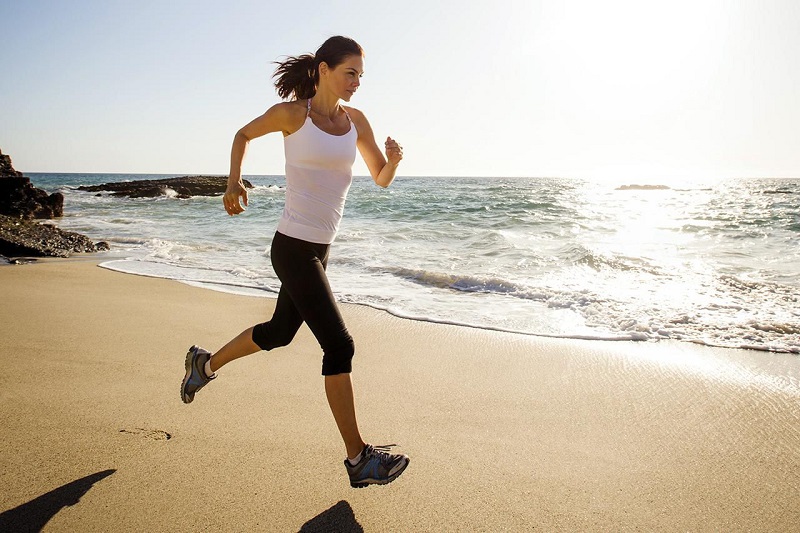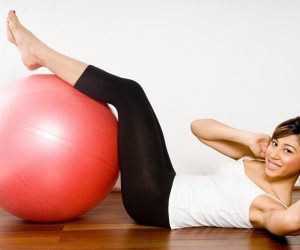To throw down the extra pounds with the stroke should not be overdoing, but proceed step by step and also take care of the feeding.
To throw down the extra pounds with the stroke should not be overdoing, but proceed step by step and also take care of the feeding.
The arrival of summer is the time of good intentions: the favorable climate, the desire to overcome the infamous “costume test” drive us to overcome laziness, cut extra calories and start moving to throw down those extra pounds that they afflict us.
What better choice than a ride to the park? It’s simple, cheap, affordable for everyone: but the boost of initial motivation may not be enough, or even be counterproductive. The same goes for any other physical activity: it is easy to run into mistakes that can cancel the undoubted benefits of sports.

Know your limits
It should first be noted that running is a sport for many, but not for everyone. The relative ease with which you can start a race program and the growing popularity of this sport, especially at amateur level, is likely to deceive us, especially if the goal is to lose weight.
It is very important to undergo a medical examination for sporting fitness, in order to rule out any contraindications: starting to run without being conscious of your limits and of your physical peculiarities is the main road towards injuries and joint problems that could compromise the effectiveness of the race.
Knowing your limits also means knowing how to interpret the signals that our body sends to us. Once you start, it is very important not to force the stages: to proceed step by step, without neglecting the importance of heating and without focusing exclusively on the pace, speed or distance traveled. It is more important, especially in the first sessions, to accustom the body to fatigue and respect recovery times: it is more productive for one’s own well-being and for one’s health and protects us from the risk of injury.
You may also like to read: The 5 Best Sports To Lose Weight
To “listen” to the signals of our body can help to keep the heart rate under control (perhaps with the help of a heart rate monitor) in step with the pace of the race: if the primary objective is to burn calories and to strengthen the heart, an excessive effort can be counterproductive. The frequency of the ideal beat to obtain the maximum result is about 80% of the maximum heart rate: a factor that varies mainly according to age.
Not just running: The power of the runner
Obviously, running is not a panacea in itself and alone can not be enough to throw down those extra pounds: taking care of food remains a very important aspect, not only from a quantitative point of view.
It is not a question of “starving”, but more than paying attention to the quality of your meals, especially at training sessions. The feeding must necessarily be calibrated on the individual characteristics and on the training program that one has chosen to follow, but there are some general guidelines to follow:
- Avoid, or limit as much as possible, the consumption of alcohol and sugary drinks. On the other hand, it is important during the session to maintain adequate hydration and not to underestimate the need to drink lots of water
- Balance in carbohydrate intake. Bread and pasta are not necessarily to be eliminated: the body needs the right amount of energy to support physical exertion. On the other hand, more moderation is needed in the consumption of cured meats, cheeses and desserts.
Last but not least, advice is on clothing, especially shoes. There are several models on the market, suitable for the most diverse needs: a small but important investment to make your experience more comfortable and safe.




